When the Being comes alive, the Doing thrives
Research suggests: 50% of Human Potential is unrealised. This is not surprising when 87% of employees feel disconnected from their work due to a lack of purpose & meaning. We’re here to help you make significant progress in these areas
Assessments Done
Clients
Continents
Coaches
We work with you below the waterline
So you can have an impact above the line

Four Steps to Unleash Human Potential
Select Performance Metric
Identify which aspect of your organisation you want to work on above the water
Identify Human
Levers
Identify the human qualities that need to be strengthened below the water
Take
Assessment
Take the human potential assessment and discover your scores on these metrics – for free
Schedule
Appointment
Get in touch to discuss your findings and explore how we can work together
Select Performance Metric
Identify which aspect of your organisation you want to work on above the water
Identify Human
Levers
Identify the human qualities that need to be strengthened below the water
Take
Assessment
Take the human potential assessment and discover your scores on these metrics – for free
Schedule
Appointment
Get in touch to discuss your findings and explore how we can work together
Step 1 - Select Performance Metric
6 Organisational Performance Metrics
Which one is "keeping you up at night"? Click on it to explore further

-
Self Leadership
-
Getting Things Done
-
Inventiveness
-
Employee Engagement
-
Customer Orientation
-
Trustworthiness
Self Leadership
Measures an individual's willingness to rely on their deeper values and principles when navigating the complexities of the organisation.
Where on this scale do you feel you are today as an organisation?
Leaders often exhibit reactive or unproductive behavior. They are mostly unaware of their own thoughts, feelings, and behaviors and/or dishonest about true motivations; not self- observing
Leaders may be aware of their own inner experience, but more often than not respond out of habit. Fluctuate between personal reactivity and the ability to have perspective on self, others, and events.
Leaders are well aware of their own inner experience and able to respond out of choice in productive and flexible ways. They rise above personal reactivity to understand multiple factors and perspectives affecting the situation.
Leaders are fully in-tune with their own inner state while also being able to sense into the energy of those around them. They have mastered their ability to respond to any situation compassionately and in service of the greater good. They recognise the opportunity in all situations.
Getting Things Done
Measures the individual and organisation's ability to execute and deliver concrete results.
Where on this scale do you feel you are today as an organisation?
The organisation has an opportunity to be more bold and decisive in bringing their projects to life. It will likely benefit from more structure and a clear decision making process. Also, a sharper vision and strategy will help make choices and prioritize resources.
The organisation is moderately effective at getting things done. There is a reluctance to move projects forward without reaching consensus. The risk tolerance is low and therefore some initiatives may not get the support they need to grow into their full potential. The expectation that something better will come along keeps the organization from fully committing to what they already have.
The organisation is effective at getting things done. There are clear processes in place to speed up the decision making process but not everyone is willing , or feeling empowered, to take the necessary risks needed to move ahead purposefully.
The organisation is extremely effective at getting things done. The deliverables are clearly defined and the main focus is on executing in the most efficient way. People are empowered to make decisions without lengthy deliberation. Such high focus on execution is critical in situations where speed to market is key. However, an over-reliance on this approach can be a watch out in environments requiring greater levels of creativity, collaboration and innovation.
Inventiveness
Measures the organisation's ability to create and produce radically new products and services (that may or may not have a direct market application).
Where on this scale do you feel you are today as an organisation?
The organisation is in effective at bringing new ideas to the market. An over-reliance on existing products and services may be sustainable in the short term but longer term a lack of new ideas will make it increasingly difficult to remain viable in the marketplace.
The organisation is mainly focused on incremental Innovation. This consists of small, yet meaningful improvements in products, services, and other ways in which business is done. These tend to be the “new and improved” type innovations. We see them every day and they help extend product, service, and business life cycles and improve profitability
The organisation is effective at unlocking breakthrough
Innovation that gives consumers something demonstrably new (beyond “new and improved”). Breakthrough innovation produces a substantial competitive edge for a while, although the length of time any one can maintain such an advantage is growing increasingly shorter
The organisation is poised to deliver transformational Innovation, the kind that creates completely new industries and transforms the way we live and work. Rather than addressing an existing need, transformational innovation has the potential to significantly accelerate the adoption of an emerging trend in ways that other innovations can’t.
Employee Engagement
Measures the level of dedication and commitment exhibited in day-to-day work activities.
Where on this scale do you feel you are today as an organisation?
Employees have a low level of intrinsic motivation. They don’t see the meaning in their work and simply do the minimum that is required of them in order to collect a pay check.
Employees are extrinsically motivated. The harder they work and the better they “perform” the more likely they are to be promoted and receive a raise. At the end of the day however, they often feel unfulfilled or in some cases, even burnt out.
Employees are seeing more meaning in their work. Their jobs are an extension of who they are, in the sense that more of their unique strengths and talents are being valued in what they do.
Employees act as true owners of the organisation. They not only bring the best of themselves to work but they are also encouraged to step beyond their roles and responsibilities to challenge the status quo and proactively bring new ideas into the organisation.
Customer Orientation
Measures how well the individual and organisation listens and responds to the explicit AND implicit desires of its customers.
Where on this scale do you feel you are today as an organisation?
Your customers no longer feel valued or listened to. Unless the switching costs are too high they are likely to consider moving to another supplier or service provider.
Your customers see you as a reliable supplier. You deliver a product or service that meets their basic expectations. However, they may not feel a strong loyalty and would consider switching to another provider if a more interesting opportunity comes along. There is an opportunity to engage with their needs more deeply and translate this into products and services that not only meet their expectations but also exceed them.
Your customers feel listened to. Their needs and aspirations are taken into account and significantly influence the innovation process. When the new products and services become available in the marketplace, customers usually respond enthusiastically and with greater loyalty.
Your customers expect the unexpected. The organisation has the unique ability to see into the future and anticipate market trends often before customers are able to articulate these emerging needs themselves. These visionary organisations listen beyond the stated needs and are able to create whole new markets that significantly shift the behaviours and future needs of their customers. As a result they often feel a deep emotional attachment to the product or service.
Trustworthiness
Measures the extent to which an individual and organisation are deserving of the trust/confidence it receives from its stakeholders.
Where on this scale do you feel you are today as an organisation?
The organisation is not consistently acting in accordance to the rules and policies. There is a risk that corners will be cut, and trust will be broken, in exchange for short term personal gains.
The organisation operates in accordance to the rules, which is the most fundamental, base level of trust in all relationships. Policies and procedures are important to ensure people know what is expected of them in all situations. However, in more ambiguous situations, where the rules might not apply as easily, there is a risk of incongruent behaviour and hence an erosion of trust.
The organisation not only acts in accordance to the rules but they also demonstrate a high level of integrity in more complex situations where rules and policies can sometimes be mis- interpreted. Individual decision makers are empowered to trust their judgment and learn from their mistakes.
The organisation has consistently demonstrated that they act according to a very clear set of shared values and principles. This strong inner compass eliminates the need for rules and policies and ensures that all situations will be resolved with the highest level of integrity.
Step 1 - Select Performance Metric
6 Organisational Performance Metrics
Which one is "keeping you up at night"? Click on it to explore further

Self Leadership
Measures an individual's willingness to rely on their deeper values and principles when navigating the complexities of the organisation.
Where on this scale do you feel you are today as an organisation?
Leaders often exhibit reactive or unproductive behavior. They are mostly unaware of their own thoughts, feelings, and behaviors and/or dishonest about true motivations; not self- observing
Leaders may be aware of their own inner experience, but more often than not respond out of habit. Fluctuate between personal reactivity and the ability to have perspective on self, others, and events.
Leaders are well aware of their own inner experience and able to respond out of choice in productive and flexible ways. They rise above personal reactivity to understand multiple factors and perspectives affecting the situation.
Leaders are fully in-tune with their own inner state while also being able to sense into the energy of those around them. They have mastered their ability to respond to any situation compassionately and in service of the greater good. They recognise the opportunity in all situations.
Getting Things Done
Measures the individual and organisation's ability to execute and deliver concrete results.
Where on this scale do you feel you are today as an organisation?
The organisation has an opportunity to be more bold and decisive in bringing their projects to life. It will likely benefit from more structure and a clear decision making process. Also, a sharper vision and strategy will help make choices and prioritize resources.
The organisation is moderately effective at getting things done. There is a reluctance to move projects forward without reaching consensus. The risk tolerance is low and therefore some initiatives may not get the support they need to grow into their full potential. The expectation that something better will come along keeps the organisation from fully committing to what they already have.
The organisation is effective at getting things done. There are clear processes in place to speed up the decision making process but not everyone is willing, or feeling empowered, to take the necessary risks needed to move ahead purposefully.
The organisation is extremely effective at getting things done. The deliverables are clearly defined and the main focus is on executing in the most efficient way. People are empowered to make decisions without lengthy deliberation. Such high focus on execution is critical in situations where speed to market is key. However, an over-reliance on this approach can be a watch out in environments requiring greater levels of creativity, collaboration and innovation.
Inventiveness
Measures the organisation's ability to create and produce radically new products and services (that may or may not have a direct market application).
Where on this scale do you feel you are today as an organisation?
The organisation is in effective at bringing new ideas to the market. An over-reliance on existing products and services may be sustainable in the short term but longer term a lack of new ideas will make it increasingly difficult to remain viable in the marketplace.
The organisation is mainly focused on incremental Innovation. This consists of small, yet meaningful improvements in products, services, and other ways in which business is done. These tend to be the “new and improved” type innovations. We see them every day and they help extend product, service, and business life cycles and improve profitability
The organisation is effective at unlocking breakthrough
Innovation that gives consumers something demonstrably new (beyond “new and improved”). Breakthrough innovation produces a substantial competitive edge for a while, although the length of time any one can maintain such an advantage is growing increasingly shorter
The organisation is poised to deliver transformational Innovation, the kind that creates completely new industries and transforms the way we live and work. Rather than addressing an existing need, transformational innovation has the potential to significantly accelerate the adoption of an emerging trend in ways that other innovations can’t.
Employee Engagement
Measures the level of dedication and commitment exhibited in day-to-day work activities.
Where on this scale do you feel you are today as an organisation?
Employees have a low level of intrinsic motivation. They don’t see the meaning in their work and simply do the minimum that is required of them in order to collect a pay check.
Employees are extrinsically motivated. The harder they work and the better they “perform” the more likely they are to be promoted and receive a raise. At the end of the day however, they often feel unfulfilled or in some cases, even burnt out.
Employees are seeing more meaning in their work. Their jobs are an extension of who they are, in the sense that more of their unique strengths and talents are being valued in what they do.
Employees act as true owners of the organisation. They not only bring the best of themselves to work but they are also encouraged to step beyond their roles and responsibilities to challenge the status quo and proactively bring new ideas into the organisation.
Customer Orientation
Measures how well the individual and organisation listens and responds to the explicit AND implicit desires of its customers.
Where on this scale do you feel you are today as an organisation?
Your customers no longer feel valued or listened to. Unless the switching costs are too high they are likely to consider moving to another supplier or service provider.
Your customers see you as a reliable supplier. You deliver a product or service that meets their basic expectations. However, they may not feel a strong loyalty and would consider switching to another provider if a more interesting opportunity comes along. There is an opportunity to engage with their needs more deeply and translate this into products and services that not only meet their expectations but also exceed them.
Your customers feel listened to. Their needs and aspirations are taken into account and significantly influence the innovation process. When the new products and services become available in the marketplace, customers usually respond enthusiastically and with greater loyalty.
Your customers expect the unexpected. The organisation has the unique ability to see into the future and anticipate market trends often before customers are able to articulate these emerging needs themselves. These visionary organisations listen beyond the stated needs and are able to create whole new markets that significantly shift the behaviours and future needs of their customers. As a result they often feel a deep emotional attachment to the product or service.
Trustworthiness
Measures the extent to which an individual and organisation are deserving of the trust/confidence it receives from its stakeholders.
Where on this scale do you feel you are today as an organisation?
The organisation is not consistently acting in accordance to the rules and policies. There is a risk that corners will be cut, and trust will be broken, in exchange for short term personal gains.
The organisation operates in accordance to the rules, which is the most fundamental, base level of trust in all relationships. Policies and procedures are important to ensure people know what is expected of them in all situations. However, in more ambiguous situations, where the rules might not apply as easily, there is a risk of incongruent behaviour and hence an erosion of trust.
The organisation not only acts in accordance to the rules but they also demonstrate a high level of integrity in more complex situations where rules and policies can sometimes be mis- interpreted. Individual decision makers are empowered to trust their judgment and learn from their mistakes.
The organisation has consistently demonstrated that they act according to a very clear set of shared values and principles. This strong inner compass eliminates the need for rules and policies and ensures that all situations will be resolved with the highest level of integrity.
Step 2 - Identify Human Levers
Levers of organisational performance - Human Potential States & Dimensions
Click on the 4 states of the human potential house to familiarise yourself with the dimensions and select 2 or 3 that you think will have the biggest impact on the performance measure you identified in step 1
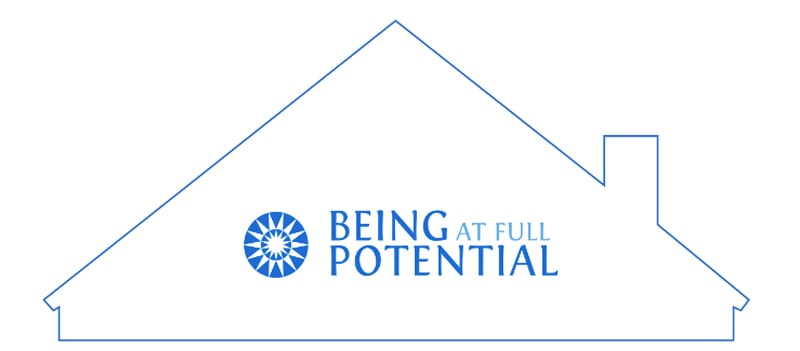
Play
The extent to which life is a joyful, creative experience
Curiosity
Measures the ability of the employee to look at the world with fresh eyes
Facing Unknown
Willingness to step into uncertainty in spite of the challenges you may be facing.
Being in Flow
Ability to remain centered even in challenging times (so you can respond in more conscious ways).
Open to New Possibility
Ability to see opportunities even in difficult situations.
Holistic View
Being able to step back and see the big picture from the perspective of the different stakeholders.
Collaboration vs Competition
The synergy that is created when you step beyond your own self-interest in service of a greater purpose.
Doing from Being
Willingness to bring your full self into everything you do.
Trust vs Control
Measures your comfort with uncertainty, and the level of trust you have in yourself, and your ability to stretch beyond your comfort zone into new opportunities.
Gratitude
Seeing the goodness even in challenging situations.
Acknowledgment
The ability to see the positives in people and situations and acknowledge it.
Generosity
The openness to give to others without expecting anything in return.
Greater Good
Deeply caring and committing yourself to a greater good.
Connectedness
The ability to experience the world as a web of interconnected relationships.
Compassion
The ability to open your heart and see the world from another person’s perspective.
Harmony
The ability to create sufficient space for reflection and self-care.
Humility
Accepting that your thoughts and the way you choose to respond to a situation is the only thing you can control.
Living My Calling
Extent to which your life is in line with your true aspirations.
Individual Awareness
The extent to which you are aware of your unique gifts and has chosen to live by them.
Interpersonal Awareness
Measures how effectively you relate and interact with others.
Environmental Awareness
Measures how aware your immediate environment is (indicates how supportive your environment is towards your personal growth).
Societal Awareness
Measures the amount of concern you have towards society and environment (planet).
Personal Development
Measures your openness to personal development as a means to more effective leadership & Performance.
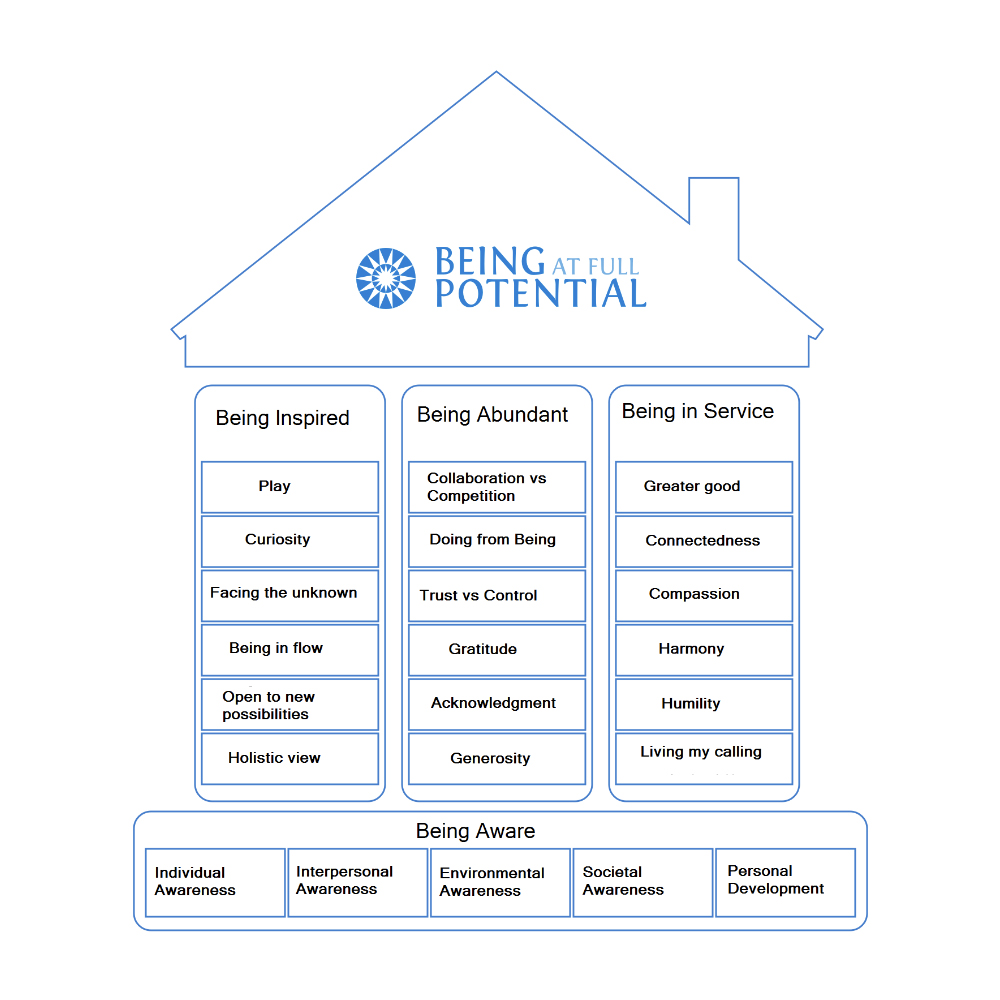
Play
The extent to which life is a joyful, creative experience
Curiosity
Measures the ability of the employee to look at the world with fresh eyes
Facing Unknown
Willingness to step into uncertainty in spite of the challenges you may be facing.
Being in Flow
Ability to remain centered even in challenging times (so you can respond in more conscious ways).
Open to New Possibility
Ability to see opportunities even in difficult situations.
Holistic View
Being able to step back and see the big picture from the perspective of the different stakeholders.
Collaboration vs Competition
The synergy that is created when you step beyond your own self-interest in service of a greater purpose.
Doing from Being
Willingness to bring your full self into everything you do.
Trust vs Control
Measures your comfort with uncertainty, and the level of trust you have in yourself, and your ability to stretch beyond your comfort zone into new opportunities.
Gratitude
Seeing the goodness even in challenging situations.
Acknowledgment
The ability to see the positives in people and situations and acknowledge it.
Generosity
The openness to give to others without expecting anything in return.
Greater Good
Deeply caring and committing yourself to a greater good.
Connectedness
The ability to experience the world as a web of interconnected relationships.
Compassion
The ability to open your heart and see the world from another person’s perspective.
Harmony
The ability to create sufficient space for reflection and self-care.
Humility
Accepting that your thoughts and the way you choose to respond to a situation is the only thing you can control.
Living My Calling
Extent to which your life is in line with your true aspirations.
Individual Awareness
The extent to which you are aware of your unique gifts and has chosen to live by them.
Interpersonal Awareness
Measures how effectively you relate and interact with others.
Environmental Awareness
Measures how aware your immediate environment is (indicates how supportive your environment is towards your personal growth).
Societal Awareness
Measures the amount of concern you have towards society and environment (planet).
Personal Development
Measures your openness to personal development as a means to more effective leadership & Performance.
Step 3 - Take Assessment
Take a Free Online Assessment
Download your personal scores on all the measures from step one and two.
Case Studies



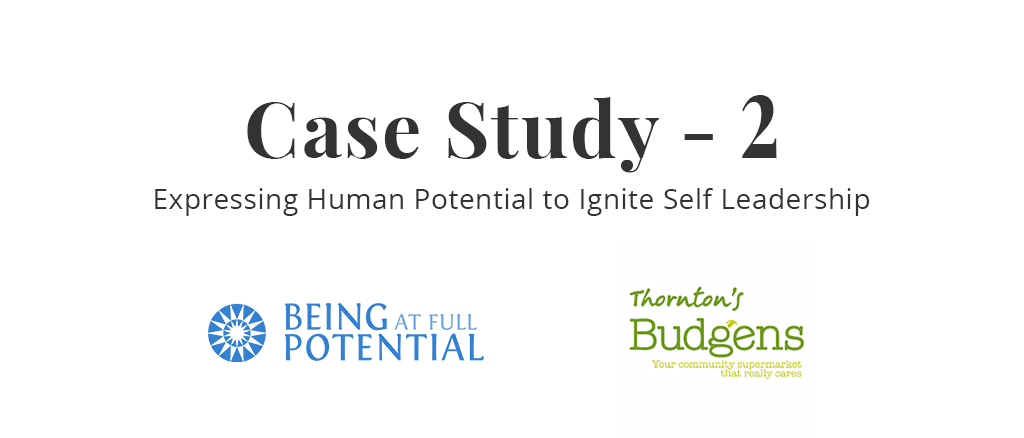
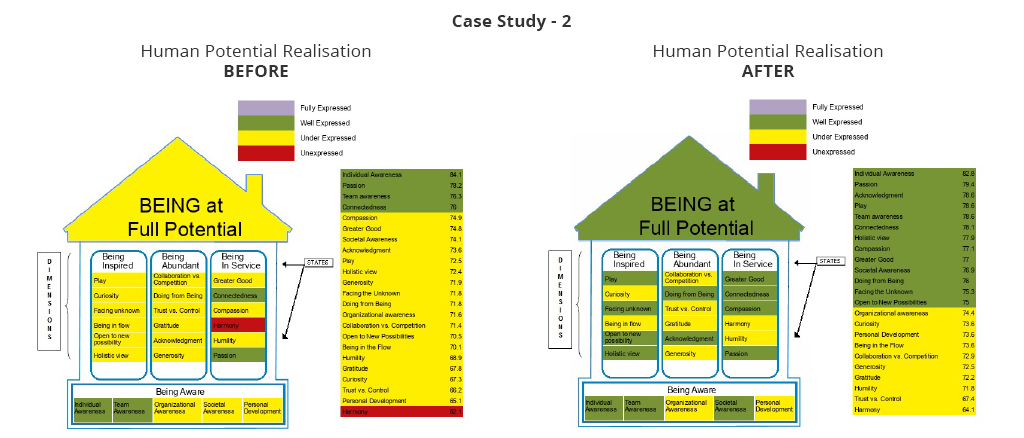

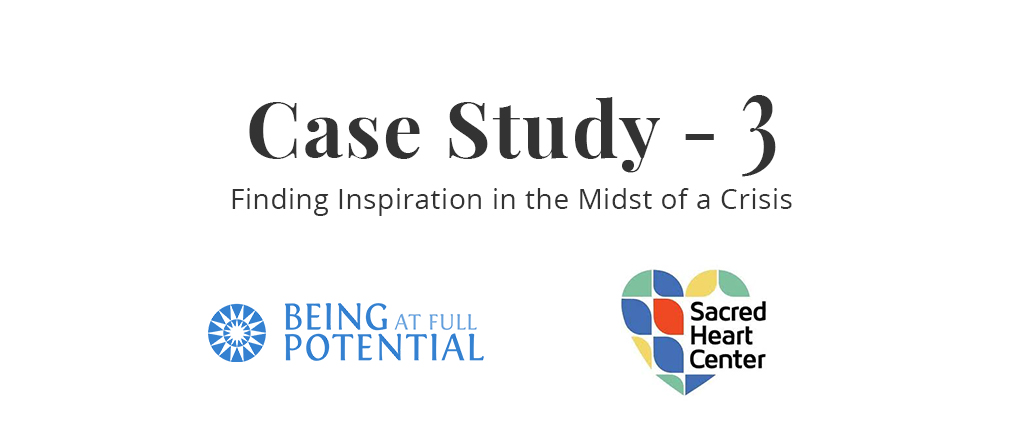

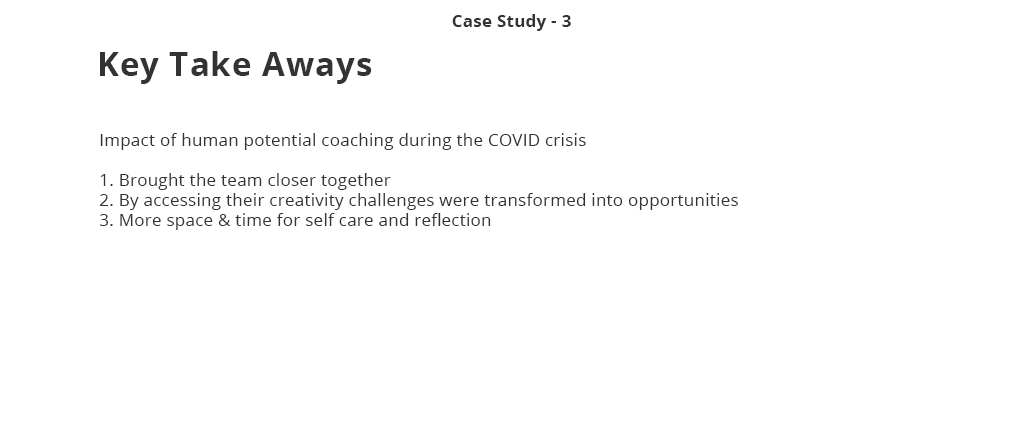
Our Clients


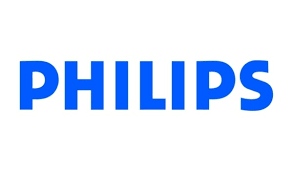


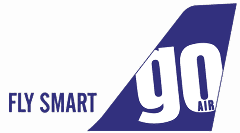

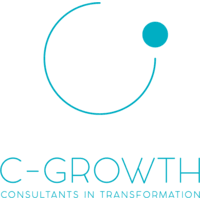
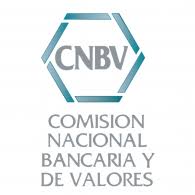









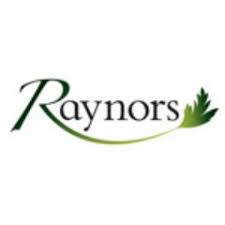
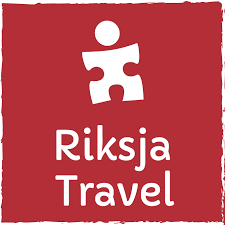
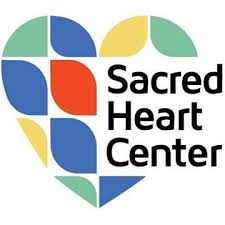




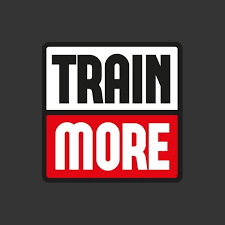

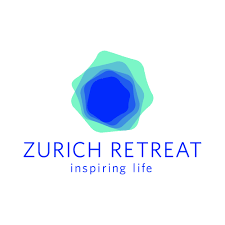
Step 4 - Schedule an Appointment
Contact us
Write to us for a free 45 min appointment to discuss your findings with a certified Human Potential Coach.
About us
At the core of our approach is an extensive assessment tool that measures the different dimensions of HUMAN POTENTIAL realisation and makes it easier for organisations to take action in these areas.
Our work has expanded globally and we now serve clients in North America, Latin America, Europe, and India.
BEING at Full Potential specialises in HUMAN POTENTIAL development to enable breakthroughs in employee engagement, innovation, and ultimately the bottom line.
Testimonials
I absolutely love the Human Potential Organizational Assessment Training. Something happened there. Yes, we got all the content, information, analytics and explanations of the model, but it was so much more. The space that was created allowed me to connect deeply to my being and even at this moment, a week after the end of the training, I am still connected and on this cloud. And from this place I am not doing 'acquisition', but I am actually magnetizing people around me. Something is happening! Thank you so much Mark and Sujith, for making this happen!
The human potential assessment is like a "map of Being" reflecting back who we are in our wholeness. From this place there is nothing to "fix", just more potential to discover and unleash.
The Human Potential Assessment Tool is not just another HR, leadership or personal growth tool. It is a gateway to new possibilities, that are bedded in the essence of who we are and could be. It touches those deep and delicate places in us, our cultures and organizations, that foster the strength to create bold and transformational changes.
I knew your process would be different than other ways to plan forward, but I failed to comprehend its power for pulling out new insights.
I am SO impressed with the Human Potential instrument to stimulate powerful conversations! Simply opening up questions about a few dimensions on the instrument and inviting inquiry into the intersections revealed by it led to a GREAT conversation! I am really looking forward to future use with my clients.
If your heartfelt desire is to build a prosperous enterprise in Life, whatever is the form, you need to start with the true foundations of your home. The Human Potential Assessment Tool makes the invisible visible, through a clear, concrete and accessible framework for individuals and organizations.
Upcoming Training
Organizational Human Potential Certification Training
Become a Certified Human Potential Coach and support Organisations to work and thrive from their Full Potential.
ONLINE TRAINING AUGUST 9, 11, 13, 16, 18, 20
© Being at Full Potential
